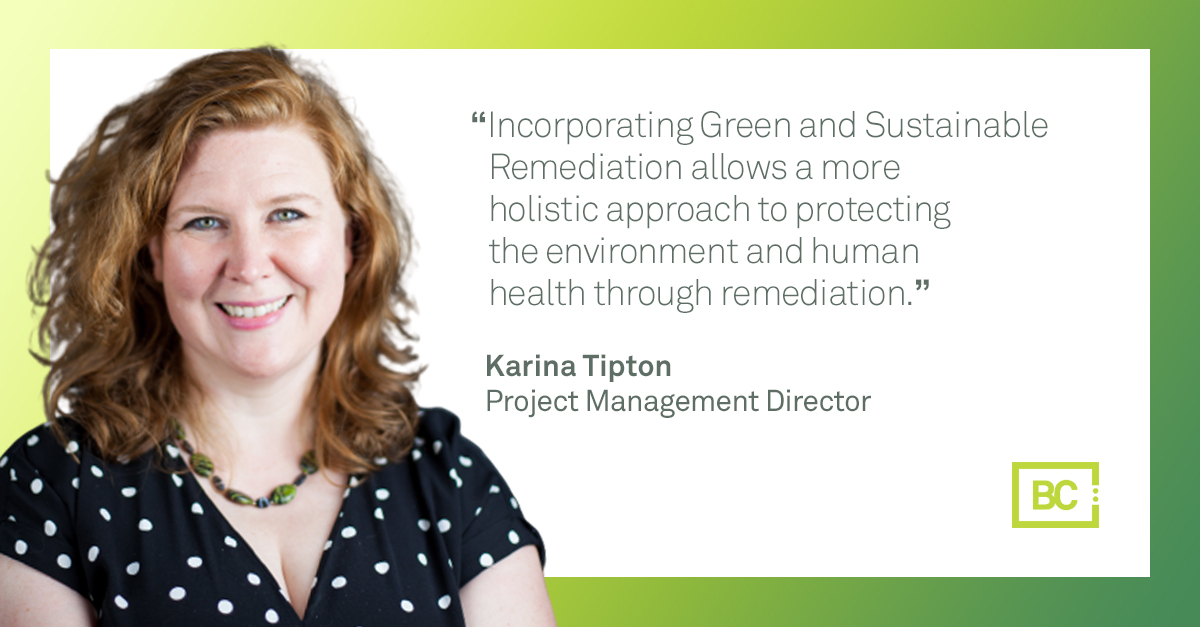Over the last month, the EPA has taken time to reflect on past progress for environmental regulations and look to the future.
April 14 marked the 50th anniversary of the signing of the U.S.-Canada Great Lakes Water Quality Agreement. In honor of this environmental milestone, EPA Administrator Michael S. Regan and Canada’s Minister of Environment and Climate Change Steven Guilbeault issued a statement celebrating the strides that have been made and reaffirming the shared commitment to continue to restore and protect the Great Lakes.
The EPA also recently released its FY2022-2026 Strategic Plan, laying out its roadmap and objectives over the next four years. For the first time since the inception of its strategic plans in 2011, the EPA included a strategic goal specifically targeting climate change as well as a goal to advance environmental justice and civil rights.
This month, we highlight the following in our Compliance News:
Ask an Expert: Green and Sustainable Remediation
BC’s Karina Tipton discusses a holistic approach to protecting the environment and human health through Green and Sustainable Remediation. Read “Ask an Expert”
Federal ‘Good Neighbor’ plan
The EPA’s proposed “Good Neighbor” plan is expected to cut pollution from power plants and other industrial sources for millions of Americans living downwind of those sources.
SEC proposes enhanced and standardized climate risk reporting
The Securities and Exchange Commission proposed rule changes that will require U.S.-listed companies to provide investors with detailed climate change risk information, including some climate-related financial statement metrics and the disclosure of registrants’ greenhouse gas emissions.
Incentives for self-policing
The EPA’s Audit Policy gives penalty breaks to businesses, government agencies, and other organizations for certain violations discovered as a result of a voluntary environmental audit.



 Green and Sustainable Remediation (GSR) balances protecting human health and the environment with overall net environmental, community, and economic impacts. Many state regulations as well as EPA-led remediation projects require GSR. However, beyond meeting a regulatory requirement, there are more benefits to this approach.
Green and Sustainable Remediation (GSR) balances protecting human health and the environment with overall net environmental, community, and economic impacts. Many state regulations as well as EPA-led remediation projects require GSR. However, beyond meeting a regulatory requirement, there are more benefits to this approach.